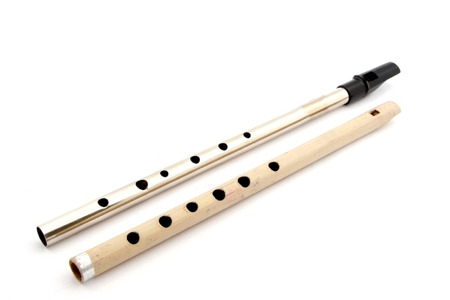Text
Irish and Greek Music
Hi! I’m Ami and welcome to my blog. Have you ever heard Irish music or maybe Greek music? I bet you never have, I mean, who wants to hear lame music? But trust me, once you hear it you’ll be captivated by the beauty of the music because I am. When I heard songs from both culture, I had this feeling that makes me wonder if they are connected because the feeling of wanting to dance is the same. Thus, it kind of sparks me to want to understand the reason of this feeling. Let’s check it out!
When I investigate both 2 songs. I realized that they both used ornamentation in their songs. Ornamentation is adding decorative note/notes that makes the song interesting.
Sean-nós or “old style” used for Irish language songs, dances, and poetry that were popular in the 17th and 18th century. Sean-nós singing “is often characterized by unaccompanied free rhythm, relative lack of vibrato or dynamic change, and (sometimes) by the use of rapid ornamentation.” (Williams, 2014). It is usually sung in Gaelic. Sean-nós singers usually have their own personal style of singing, thus a song would never be sung in the same way twice. For example singers from the west (Connemara) and south (Munster) of Ireland usually use highly ornamented style, meanwhile singers from the north (Ulster, especially County Donegal) usually refer to the original melody (Williams, 2014). Nisiotika is music that is created in the islands of the central Aegean Sea. Even though it is light songs, with a gentle rhythm, without dramatic element, the simple dance and the catchy tone that made them popular (Greek music Greek songs, 2017). Nisiotika usually performed in Greek festivals with “violin, lira, clarinet and guitar accompany the high-pitched women voices or the low voice of a single man.” (Greeka)


Tonality in Baidin Fheilimi is mostly consonant, because it feels pleasing when I hear the song. On the contrary, Ikariotikos, the tonality is mostly dissonant. Both songs don’t have modulation since they don’t change away from the home key. In Baidin Fheilimi, the melody is mostly conjunct, because the notes move stepwise. Similarly, in Ikariotikos, the melody is mostly conjunct too. The Irish flute…..The beat in Baidin Fheilimi is compound quadruple with 12/8 time signature meanwhile in Ikariotikos is simple duple with 2/4 time signature. Both of the songs are isometric because they didn't change the time signature throughout a piece of music. You might notice that these two songs area related in that they are both repetitive, bet you hear the same pattern in the whole songs. Both songs overall dynamics is mezzo forte because as you notice it is a little loud. Even though, in Baidin Fheilim, it started with a mezzo piano but it gradually becoming crescendo until the middle section but then it became decrescendo until the end section. On the other hand, in Ikariotikos, it started with mezzo forte because it is a little loud in the beginning but then there’s decrescendo but in the middle section it became mezzo forte again, it is go on until the end section. Emotion in Baidin Fheilimi is peaceful and relaxing, meanwhile Ikaritikos makes us feel like want to dance along with it.
In Baidin Fheilimi, the phrases are mostly balance. Because it is balance it is regular, and the phrasing are mostly long. The song is antecedent but also consequent. On the other hand, Ikariotikos, the phrases are unbalance and irregular. The phrasing are short because of the unbalanceness. Both of the songs are repetitive and binary. As you can hear it, it’s repeating all and all throughout the songs. The thickness of Baidin Fheilimi is medium, on the opposite, Ikariotikos is medium-thick. In Baidin Fheilimi, the voice is accompanied by intruments, meanwhile in Ikariotikos, its instruments only.
The instruments used in Baidin Fheilimi are wooden flute, tin whistle, and guitar. The melody is played by the wooden flute, and it accompanied by tin whistle, also the guitar plays the harmonic. In Ikariotikos, it uses lyre, tambourine, violin, laouto, and askomandoura. The violin is playing the melody, tambourine as the rhythmic accompaniment, and the harmonic accompaniment are lyre, laouto, and askomandoura. The timbre of Baidin Fheilimi is, same like where it was come from, the color of Ireland, green, its relaxing. And I felt that Ikariotos’ timbre is orange like the color of the sky when it is sunset.


Overall, I think that these 2 musical cultures are similar in some ways. They’re both don’t have any modulation. They’re also isometric, only using one time signature. Downbeat accents and also diatonic. But they’re also different in some part in the harmony, Irish uses arpeggios while Greek uses block. And there’s a huge different in dynamics.
Well that’s all for today, see you on my next post!
0 notes